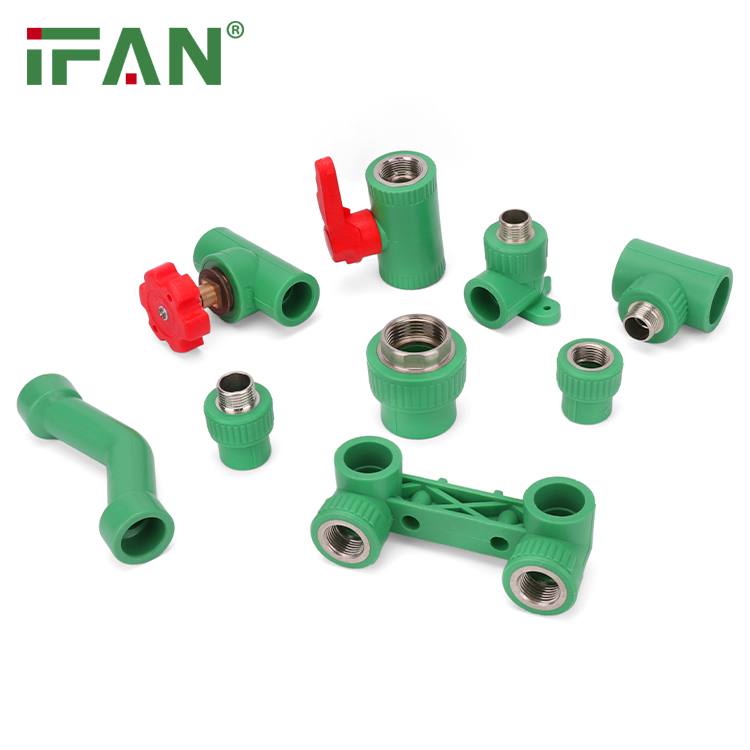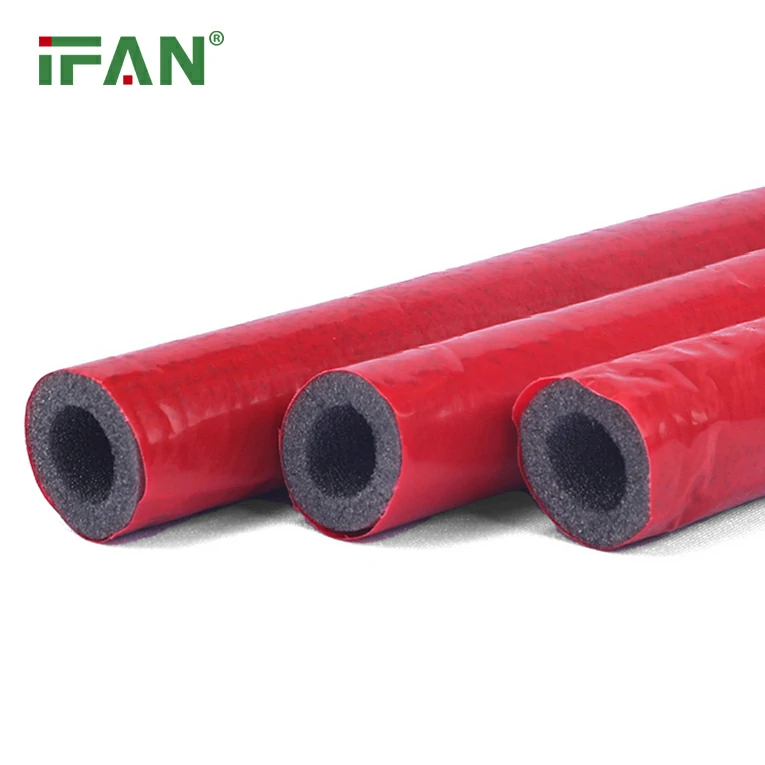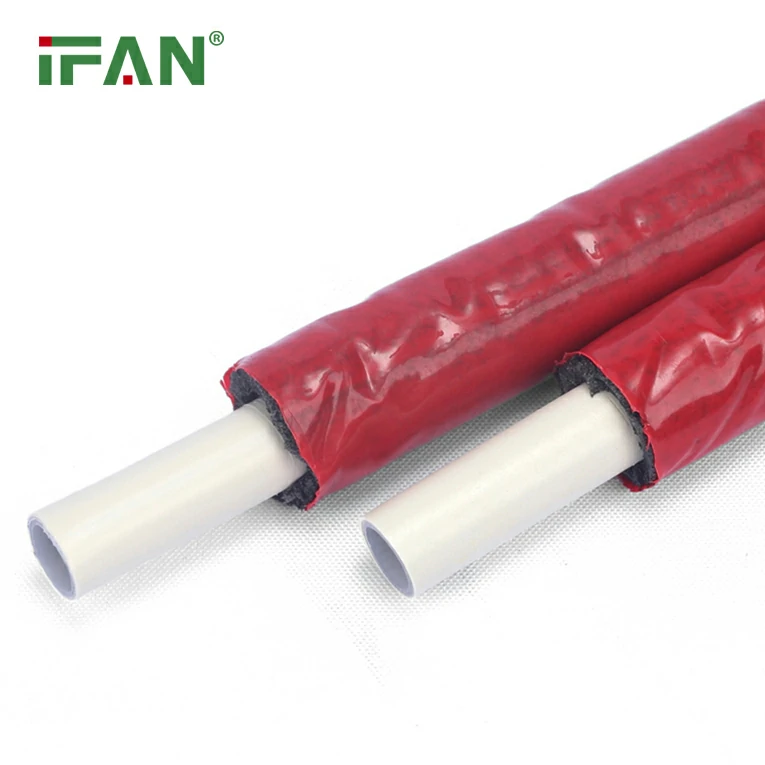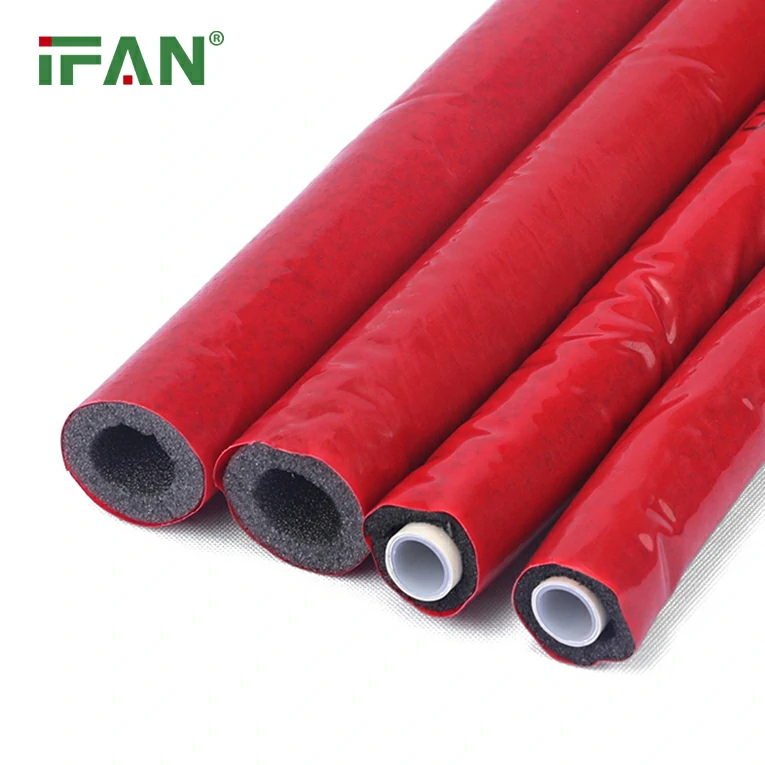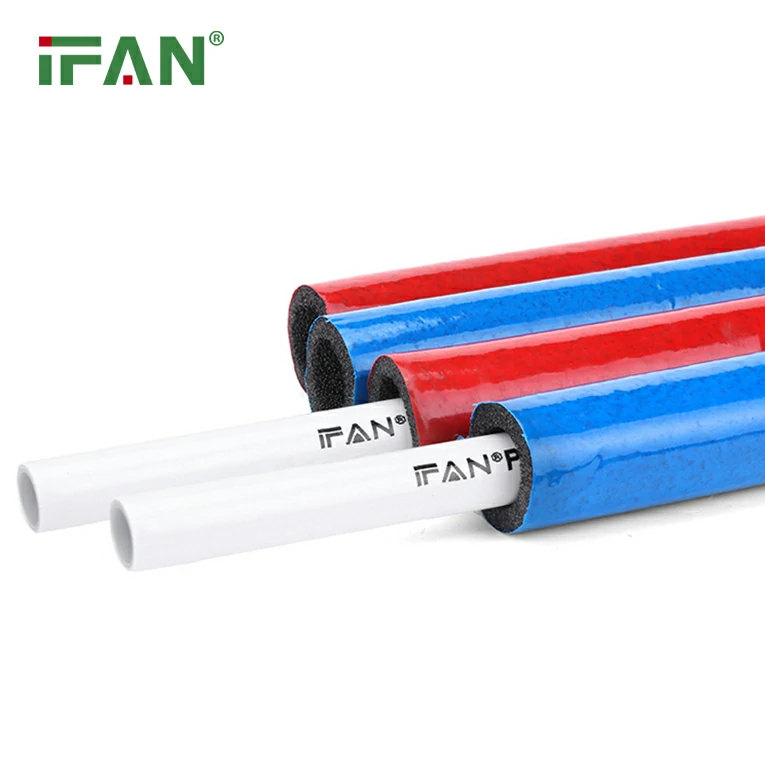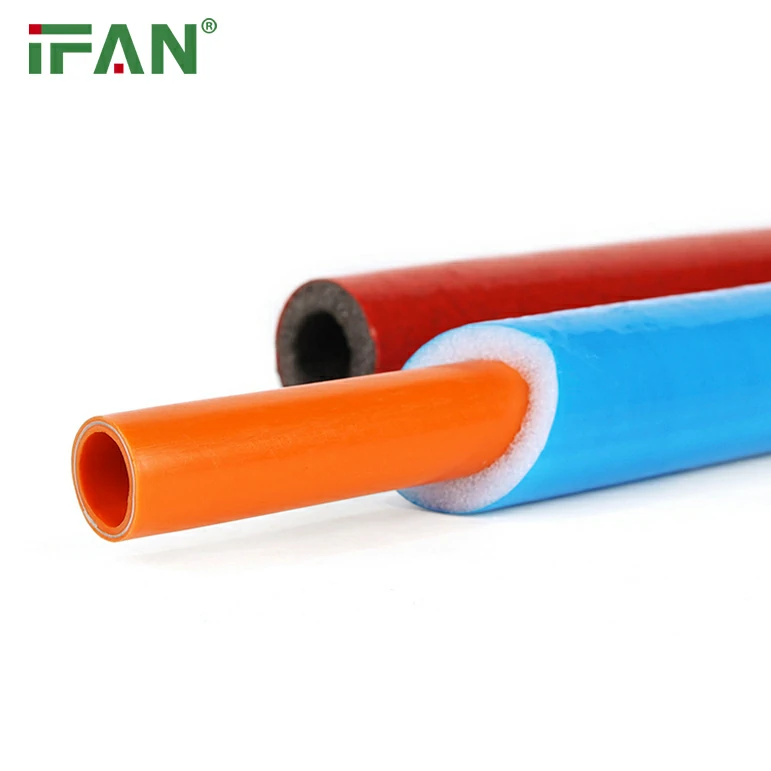PPR pipe fittings are a popular choice for ensuring a high-quality plumbing system in buildings. Made of durable polypropylene materials, these fittings provide improved performance and longevity compared to traditional plumbing materials.
One of the key benefits of PPR pipe fittings is their flexibility and ease of installation. They can be easily cut and manipulated to fit any space, which makes them suitable for a wide variety of building designs and configurations. This makes them ideal for retrofit projects where plumbing systems may need to be updated or replaced.
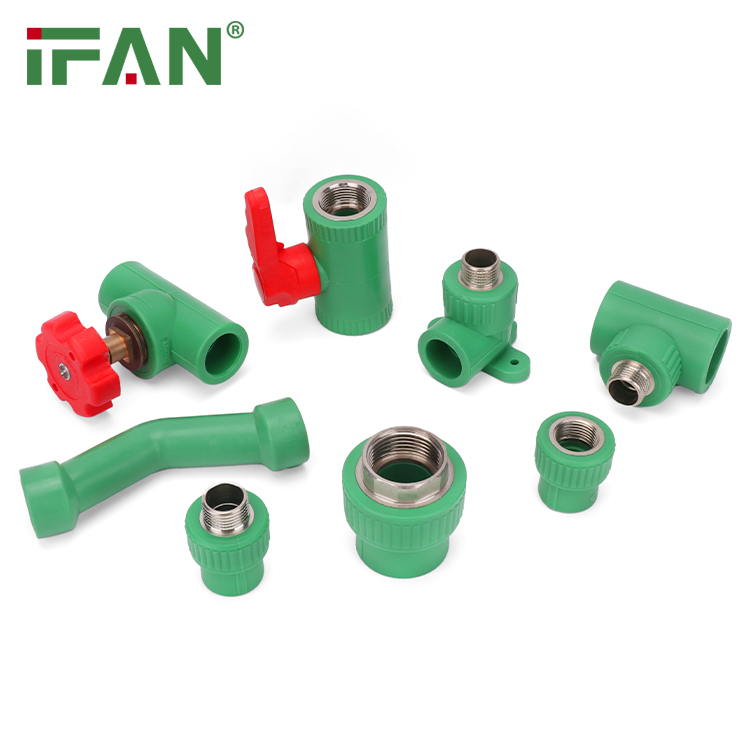
Another major advantage of PPR pipe fittings is their resistance to high temperatures and pressures. These fittings are designed to withstand the extreme conditions of hot water and steam, which makes them a reliable and safe choice for use in plumbing systems. Furthermore, they are resistant to corrosion and chemical damage, which ensures a longer lifespan for buildings that use PPR pipe fittings.
In addition, PPR pipe fittings are environmentally friendly and cost-effective compared to other materials. They are recyclable and can be reused for future projects, which helps reduce waste and minimize the environmental impact of building construction. Additionally, the durability and longevity of PPR pipe fittings translate into lower maintenance and replacement costs for building owners and managers.
Overall, PPR pipe fittings are an excellent choice for improving a building’s plumbing system. They provide a range of benefits that improve performance, reliability, and longevity while also being environmentally friendly and cost-effective. With their flexibility, durability, and resistance to damage, PPR pipe fittings are sure to provide a long-term solution for any plumbing system.
